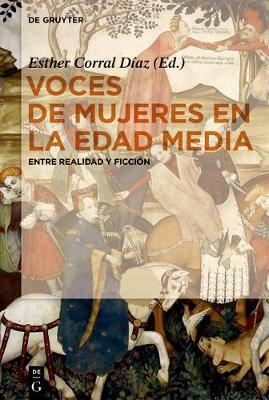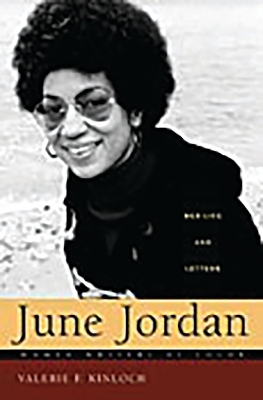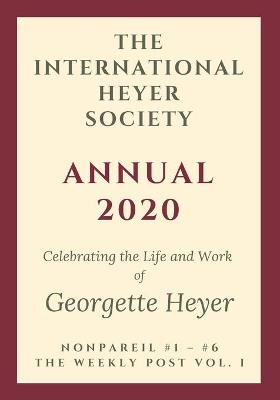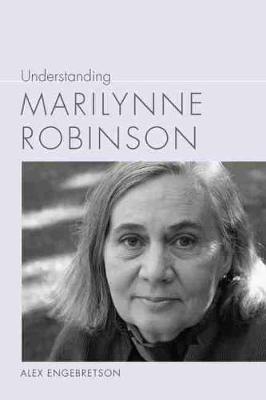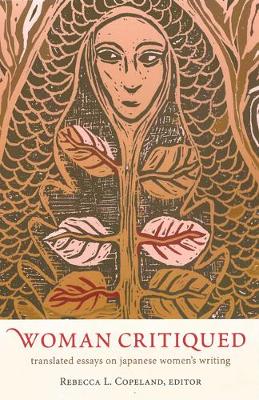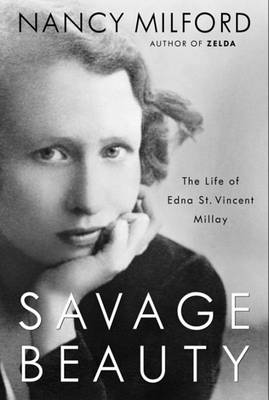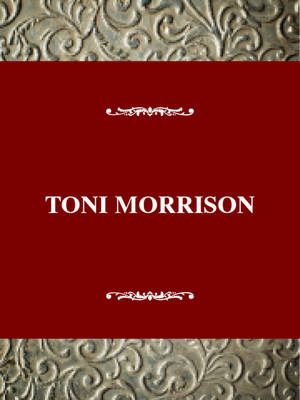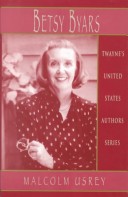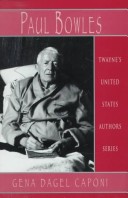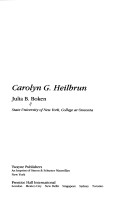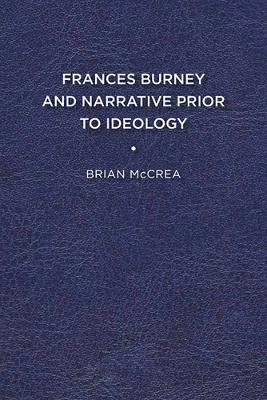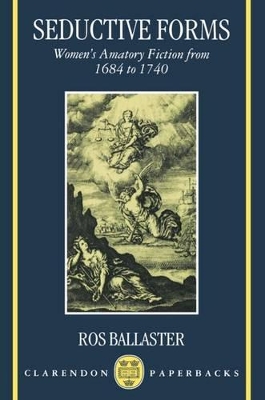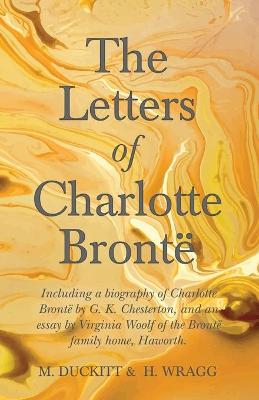Wolf-Women and Phantom Ladies (Suny Series in Feminist Criticism and Theory)
by Steven Dillon
Katherine Mansfield and Literary Influence
Provides new reflections on literary influence using Katherine Mansfield as a case study. It is commonplace to talk about writers in terms of their similarities with and differences from other writers but how does literary influence actually work? This book seeks to understand this mysterious but powerful impetus for artistic production through an examination of Katherine Mansfield's wide net of literary associations. Mansfield's case proves that influence is careless of chronologies, spatial li...
Literary Misogyny and Praise of Women in the Middle Ages
by Pedro Carlos Louzada Fonseca
This book examines, in a critical, historical, and analytical perspective, major works that represent the praise of women and the misogynist tradition in medieval literature, looking for formal and thematic aspects of these two kinds of writings on women in the Middle Ages. After a comprehensive introduction about the medieval view of maleficent women, the book explores misogyny in the Church Fathers' literature and their medieval legacy, ranging from religious fundamental authors like St. Jerom...
Understanding Marilynne Robinson (Understanding Contemporary American Literature)
by Alexander John Engebretson
Alex Engebretson offers the first comprehensive study of Marilynne Robinson's fiction and essays to date, providing an overview of the author's life, themes, and literary and religious influences. Understanding Marilynne Robinson examines this author of three highly acclaimed novels and recipient of the National Book Critics Circle Award for fiction, the Pulitzer Prize for fiction, the Orange Prize for fiction, and the National Humanities Medal. Through close readings of the novels and essay col...
Balzac's Cane (Currents in Comparative Romance Languages and Literatures, #250)
Balzac's Cane is an English translation of Delphine de Girardin's 1836 novella, La Canne de M. de Balzac, which centers around a protagonist named Tancred Dorimont, a brilliant young man plagued by his devastating good looks. In a social context in which appearance is everything, it seems for several chapters that beauty will break, rather than make, this young man's fortune. One evening as Tancred seeks to forget his problems by spending an evening at the opera, he observes M. de Balzac and lea...
Medicine and Ethics in Black Women S Speculative Fiction (Palgrave Studies in Literature, Science and Medicine)
by Esther L. Jones
The Cultural Legacy of Maria Zambrano (Studies in Hispanic and Lusophone Cultures, #24)
Sor Juana Ines de la Cruz O Las Trampas de la Fe (Lengua y Estudios Literarios)
by Octavio Paz
Thirty years after the smashing success of Zelda, Nancy Milford returns with a stunning second act. Savage Beauty is the portrait of a passionate, fearless woman who obsessed American ever as she tormented herself. If F. Scott Fitzgerald was the hero of the Jazz Age, Edna St. Vincent Millay, as flamboyant in her love affairs as she was in her art, was its heroine. The first woman ever to win the Pulitzer Prize, Millay was dazzling in the performance of herself. Her voice was likened to...
Toni Morrison (Twaynes united states author, no 559)
by Wilfred D. Samuels and Clenora Hudson-Weems
Paul Bowles (Twayne's United States author, TUSAS 706)
by Gena Dagel Caponi
Carolyn G. Heilbrun (Twayne's United States authors, TUSAS 672)
by Julia B Boken
Phillis Wheatley, the African-born slave poet, is considered by many to be a pioneer of Anglo-American poetics. This study argues how in her 1773 POEMS, Wheatley uses John Milton's poetry to develop an idealistic vision of an emerging Anglo-American republic comprised of Britons, Africans, Native Americans, and women.
Frances Burney and Narrative Prior to Ideology works between Burney's Journals and Letters and her fiction more thoroughly than any study of her in the past twenty-five years. By doing so, it offers significant reinterpretations of Burney's four novels: Evelina, Cecilia, Camilla, and The Wanderer. It describes Burney's eluding the major modern-isms through which critics have tried to read her: Feminism (with its "gendering" of beauty and reversal of gender roles); Capitalism and its Marxist crit...
Historicist and feminist accounts of the `rise of the novel' have neglected the phenomenon of the professional woman writer in England prior to the advent of the sentimental novel in the 1740s. Seductive Forms explores the means by which the three leading Tory women novelists of the late seventeenth and early eighteenth centuries challenged and reworked both contemporary gender ideologies and generic convention. The seduction plot provided Aphra Behn, Delarivier Manley, and Eliza Haywood with a...
Charlotte Bronte (Key Women Writers) (Studies in Literature and Culture, #8)
by Penny Boumelha

